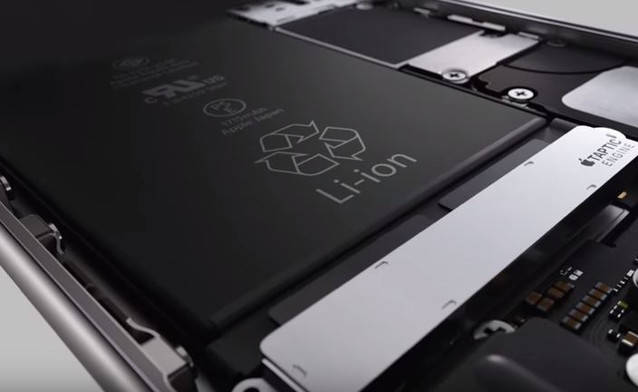Unlike Your IPhone, Apple's Batterygate Controversy Refuses To Die

Half a decade after introducing a software feature designed to dial back performance on iPhones with degraded batteries, Apple is still dealing with the reaction to what became known as "Batterygate".
The feature – which Apple explained is designed to slow down older iPhones to prevent aging batteries from tripping low-voltage protections – sparked a $2 billion (£1.6 billion) UK class-action suit against the iGiant last year.
This week, Apple showed up at a London tribunal in hope of preventing the suit from proceeding. Consumer affairs advocate Justin Gutmann, who has championed the cause of speed-deprived iPhone users, alleges Apple used the performance throttling to disguise the use of defective batteries in millions of iPhones.
Apple's lawyers have refuted these claims and denied intentionally using defective batteries. However, Apple's position is complicated by a number of factors.
The controversy over the power management feature stems from botched batteries appearing in some iPhone 6s units. After reports of iPhones randomly shutting down began to surface, Apple uncovered a defect affecting a "small number of iPhone 6s devices."
According to Apple, some battery components were exposed to a "controlled ambient air" longer than they should have been during the assembly of the 2015-vintage smartphone. In response, the US giant offered to replace the batteries on affected handsets for free.
About a year later Apple rolled a software fix in iOS 10.2.1 that capped the CPU speed on some older iPhones – 6, 6s, and SE – to prevent them pulling more power than the battery was able to deliver.
- Apple, Google propose anti-stalking spec for Bluetooth tracker tags
- Apple gives up legal war on iPhone CPU wizard who co-founded Nuvia
- Perhaps meeting with Pope Francis did help iPhone sales
- The Weather Channel settles another case claiming mobile app privacy violations
The power management feature was later rolled out to all iPhones in December 2017 in iOS 11.2. Once an iPhone's battery degraded below a certain threshold, the handset would throttle itself to avoid unexpected shutdowns due to power loss. But the cost of a potential improvement to stability was slower performance. While this performance mode is set to trigger automatically below a certain threshold, it can be disabled by the user.
If you want to check whether your iPhone is being throttled, navigate to Settings > Battery > Battery Health & Charging.
Apple's decision to make the power management, er, feature part of iOS didn't go over well with folks. Within days of the update rolling out, a class action lawsuit was filed in the US. As we reported at the time, the claimants contended that Apple tried to hide the CPU limitation to juice sales of iPhones and/or force customers to pay for battery replacements.
Apple eventually agreed to settle the case for $310 million (£250 million), and after a brief challenge, the settlement was approved by the courts earlier this year.
If Apple's bid to block the UK suit from proceeding fails this week it could end up costing Cupertino even more. ®
From Chip War To Cloud War: The Next Frontier In Global Tech Competition
The global chip war, characterized by intense competition among nations and corporations for supremacy in semiconductor ... Read more
The High Stakes Of Tech Regulation: Security Risks And Market Dynamics
The influence of tech giants in the global economy continues to grow, raising crucial questions about how to balance sec... Read more
The Tyranny Of Instagram Interiors: Why It's Time To Break Free From Algorithm-Driven Aesthetics
Instagram has become a dominant force in shaping interior design trends, offering a seemingly endless stream of inspirat... Read more
The Data Crunch In AI: Strategies For Sustainability
Exploring solutions to the imminent exhaustion of internet data for AI training.As the artificial intelligence (AI) indu... Read more
Google Abandons Four-Year Effort To Remove Cookies From Chrome Browser
After four years of dedicated effort, Google has decided to abandon its plan to remove third-party cookies from its Chro... Read more
LinkedIn Embraces AI And Gamification To Drive User Engagement And Revenue
In an effort to tackle slowing revenue growth and enhance user engagement, LinkedIn is turning to artificial intelligenc... Read more

